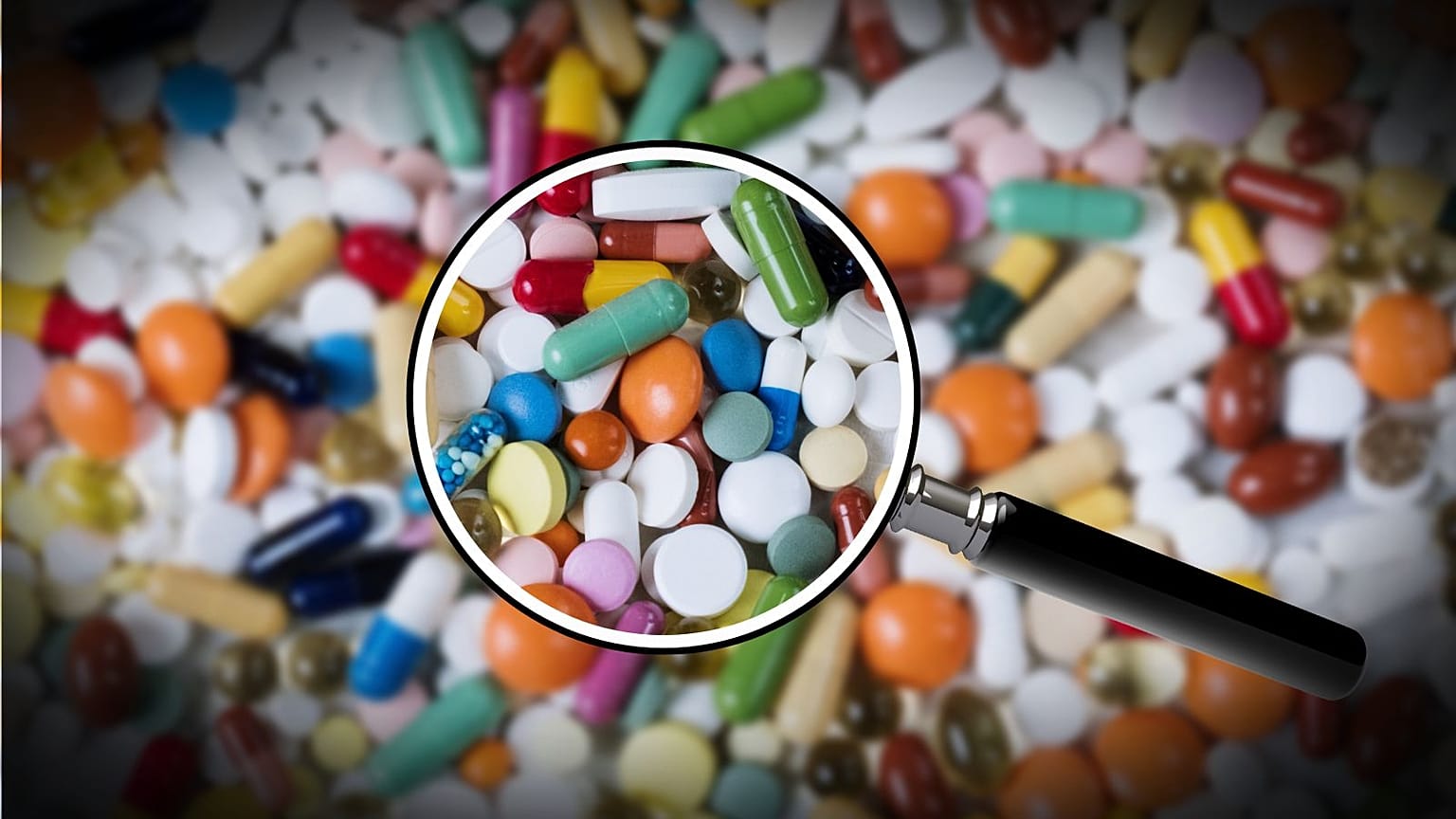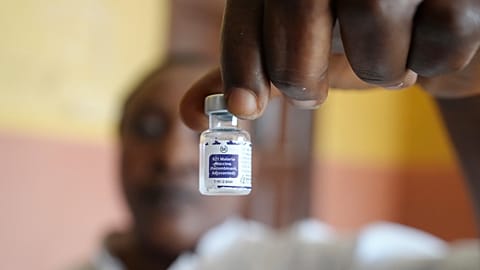Europe is investigating the risks posed by nitrosamines - chemicals found in food products and medicines that have been linked to cancer.
“For all age groups across the EU population, the level of exposure to nitrosamines in food raises a health concern,” the European Food Safety Authority (EFSA) warned earlier this year.
Nitrosamines are organic compounds that exist at low levels in water and foods. They come from a chemical reaction between nitrites or nitrates and certain amines and can form in drugs when these are manufactured or stored.
These chemicals may be carcinogenic, meaning they may cause cancer, and genotoxic, meaning they may damage DNA.
Studies on animals have shown they are associated with a higher risk of liver tumours, for example.
The presence of at least 10 of them in everyday food poses a problem, according to EFSA’s latest risk assessment.
Nitrosamines have been found in various products, such as cured meats, processed fish, cocoa, beer and other alcoholic drinks. The most important food group contributing to nitrosamine exposure is meat and meat products, said the agency.
Nitrosamines can also be found in processed vegetables, cereals, milk and dairy products, and fermented, pickled or spiced foods.
However, EFSA conceded there were "knowledge gaps" about the presence of nitrosamines in specific food categories. To protect consumers, its risk assessment built a worst-case scenario.
“We assumed that all nitrosamines in foods have the same carcinogenic potential in humans as the most harmful nitrosamine, although this is unlikely," Dr Dieter Schrenk, who chairs EFSA’s Panel on Contaminants in the Food Chain, said in a statement.
Balancing one's diet by eating a wider variety of foods could help consumers reduce their intake of nitrosamines, the food regulator said.
Drugs could also be contaminated
But other reports reveal that nitrosamines can also be found in certain drugs, which could lead to a reassessment of their market authorisation if the levels of these contaminants exceed an “acceptable intake”.
The Pharmaceutical Journal, which first reported the news, said the European Medicines Agency had found around 20 pharmaceutical products that may contain excessive levels of nitrosamines.
A spokesperson for the EMA told the Pharmaceutical Journal in April that authorities were “carefully considering” the need to take regulatory action to protect public health while ensuring that critical medicines remain available to patients.
In 2019, ranitidine - an over-the-counter antacid medication sold under the brand name Zantac - was withdrawn from the US and EU markets due to the presence of nitrosamine. In this case, other treatments existed.
Companies making a certain class of blood-pressure regulators called sartans also had to review their manufacturing processes in 2019 after a massive recall in 2018 over the presence of nitrosamines.


















